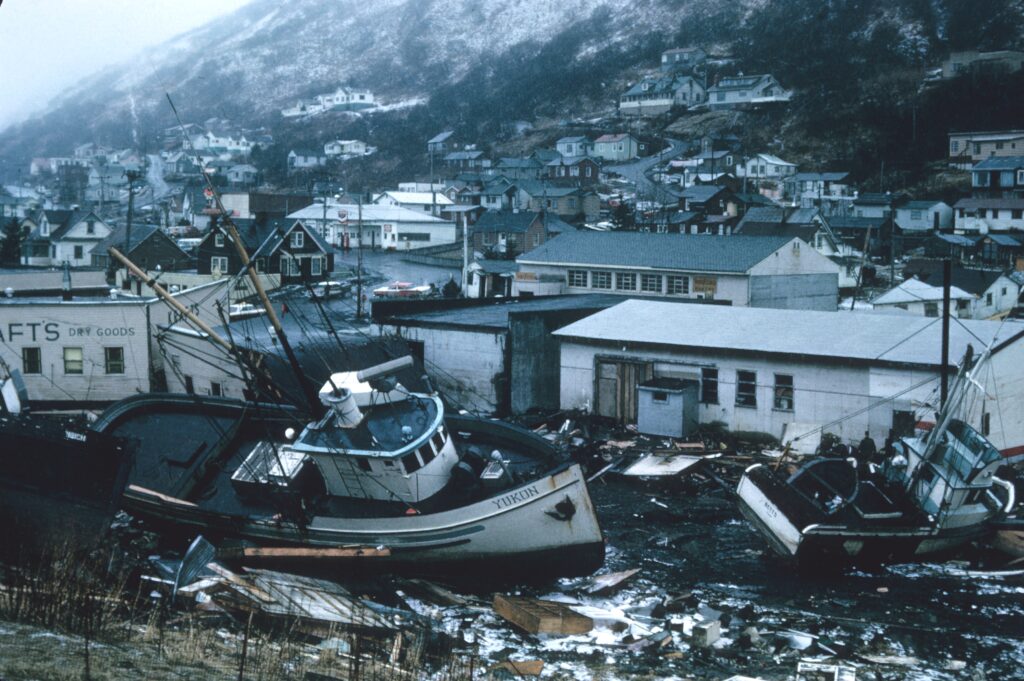Scientists who drilled deeper into an undersea earthquake fault than ever before have found that the tectonic stress in Japan’s Nankai subduction zone is less than expected, according to a study from researchers at The University of Texas at Austin and University of Washington. The findings, published in the journal Geology, are a puzzle because… Continue Reading Deepest Scientific Ocean Drilling Sheds Light on Japan’s Next Great Earthquake
Demian Saffer to Give AGU’s 2022 Francis Birch Lecture
FRANCIS BIRCH LECTURE Fluids, Friction, and the Offshore Subduction Megathrust Wednesday, 14 December 20224:45 PM (CT)McCormick Place – E354a (Lakeside, Level 3)Abstract Demian Saffer is to receive the American Geophysical Union’s Francis Birch Lecture, an award that recognizes significant contributions to the study of the Earth’s interior and is among the highest honors given to… Continue Reading Demian Saffer to Give AGU’s 2022 Francis Birch Lecture
Blue Sky
Changing the World with High-Risk, High-Reward Research By Constantino Panagopulos Sometimes, to make a discovery, a scientist must take a chance on an idea, let it free into the sky and see where it lands. At the University of Texas Institute for Geophysics (UTIG), visionary thinking is recognized and encouraged among its researchers and indeed… Continue Reading Blue Sky
Are Deep Fluids Behind the Largest Earthquakes? ‘Not So Fast!’ Says UT Graduate Student
Sandwiched between tectonic plates are layers of material that show up as thin shadows on seismic tomography, a kind of CT scan of the Earth. For years, scientists assumed the anomalies were signs of highly pressurized water squeezed into densely packed rock and that the fluid acted as a kind of hair-trigger on earthquake faults.… Continue Reading Are Deep Fluids Behind the Largest Earthquakes? ‘Not So Fast!’ Says UT Graduate Student
Eclectic Rocks Influence Earthquake Types
New Zealand’s largest fault is a jumble of mixed-up rocks of all shapes, sizes, compositions and origins. According to research from a global team of scientists, this motley mixture could help explain why the fault generates slow-motion earthquakes known as “slow slip events” as well as destructive, tsunami-generating tremors. “One thing that really surprised… Continue Reading Eclectic Rocks Influence Earthquake Types





